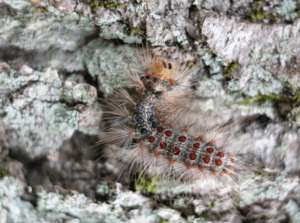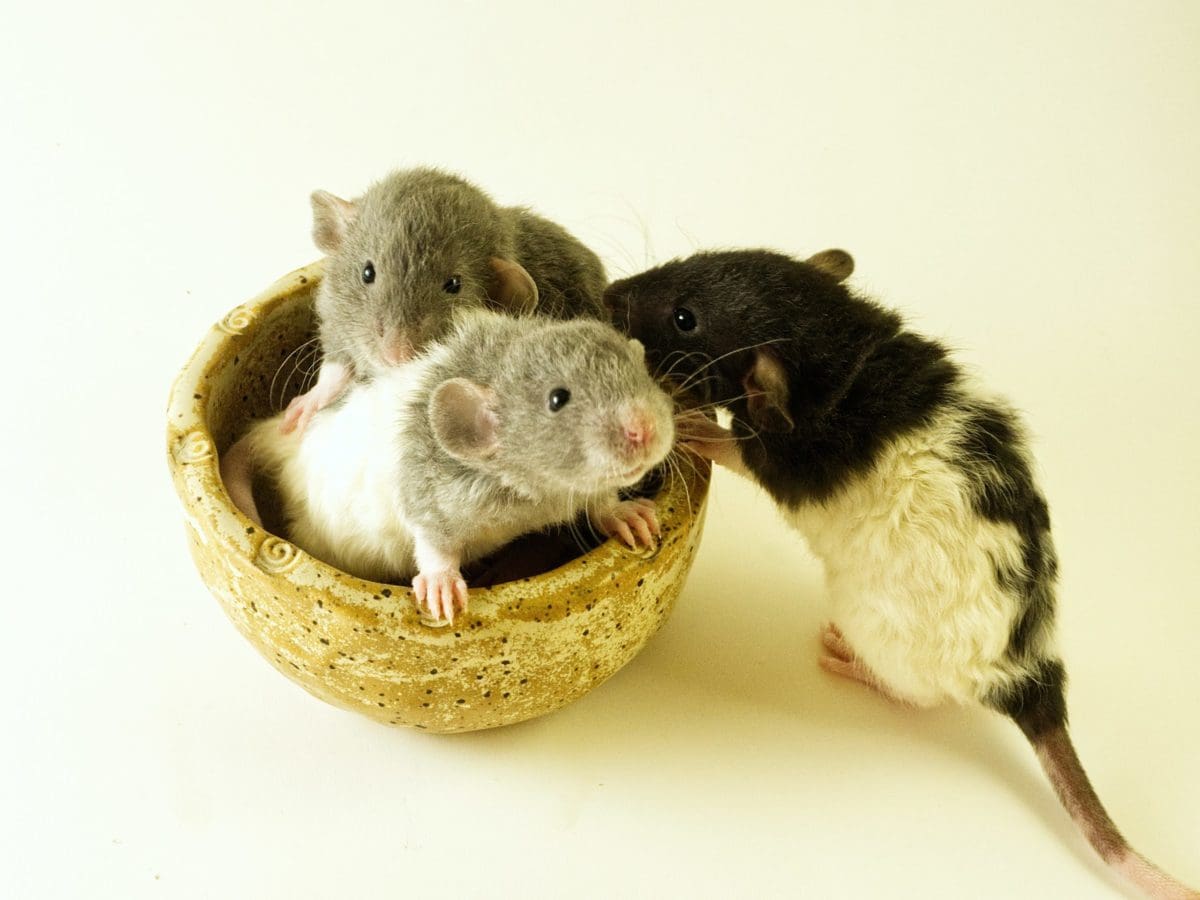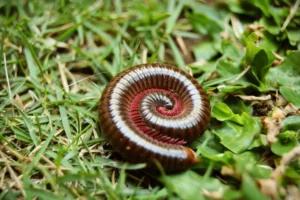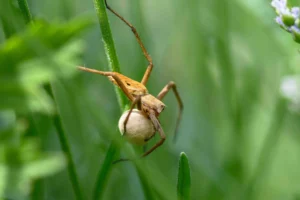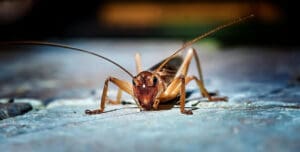Signs of rodent activity are never pleasant to find, but in order to eradicate an infestation it is important to know which rodent is leaving the signs. Mice and rats are some of the most common pests in homes and businesses, and this guide will help you determine which of them has made a home on your property.
What do mice look like?
Understanding these distinctions can help identify and address mouse infestations promptly. Moreover, knowing
how to prevent mice from entering your space is crucial. Regardless of the species, mice are always smaller than rats, typically measuring around 3 to 4 inches in body length, with a tail of similar length. They can be recognized by their rounded ears, pointed snout, and fur that often exhibits a bicolored pattern in shades of white, brown, gray, black, or a combination of these colors. Their scaly tails may vary in coloration, being either single-colored or bicolored, depending on the species. Commonly encountered mouse species in human areas include house mice, deer mice, and white-footed mice. By implementing preventive measures, such as sealing entry points and removing potential food sources, you can effectively reduce the risk of mouse infestations and maintain a rodent-free environment.
What do rats look like?
Rats somewhat resemble mice in their shape, but they are larger in size and weight. Like mice, rats’ snouts are pointed and their ears rounded. Their tails are also scaly, though unlike mice, rats’ tails are shorter than their bodies. Rats’ bodies are covered in fur that is usually either black, brown, gray, or white. The rat species that most commonly bother humans are cotton rats, roof rats, and Norway rats.
Signs of Mouse and Rat Infestations
Droppings
Droppings are one of the more obvious signs of rodent activity. They can be found anywhere rodents have been, including kitchens, cabinets, pantries, basements, attics, and more.
Mouse droppings are rod-shaped pellets that are pointed on each end and measure between ⅛ and ¼ of an inch long. Mouse droppings are dark brown in color when they are newer, and develop a chalky look when they are old.
Rat droppings are also rod-shaped pellets, but they measure between ½ and ¾ of an inch in length. Rat droppings are sometimes pointed on each end, but more often the ends are blunt. They are shiny black when they are new, and gray when they are old.
Chewing and Scratching
Rodents chew constantly to keep their front teeth from overgrowing. Unfortunately, they love to chew on many materials we keep in our homes and businesses, like wood, cardboard, drywall, insulation, and more. They chew holes to gain access to certain areas like pantries, and their claws scratch the surfaces they climb.
Mice of course leave behind smaller chew and scratch marks. Larger tooth marks are more likely a sign of rats. Rat chew marks are usually around ⅛ of an inch long.
Nests
Rodents build their nests out of soft materials that they have chewed to shreds. Mouse nests look like a ball of shredded materials with a single entrance hole. Rat nests resemble birds' nests, but they are made out of the same materials as a mouse’s nest.
Strange Noises
Rodents are certainly not the quietest pests; their claws create a scratching sound as they run, they squeak constantly, and their gnawing is surprisingly loud. The scratching sound is most often heard inside walls, but it can also be heard in cabinets, cluttered areas, and occasionally open areas. Rats are generally much louder than mice, and they can sometimes be heard fighting each other for food. Rodents are nocturnal, so all noises are more frequent during the night.
Grease Marks
Rodents are very dirty pests, and their fur gets caked with grease and dirt. When their fur brushes against any surface, it leaves a grease mark. These stains are most often found along the paths rodents use to reach food or water. Look for them along baseboards, on tile backsplashes, and near the backs of pantry shelves. To determine if the grease marks are from rodents or not, clean them off and monitor the area daily to see if new stains appear. Grease marks from mice are naturally smaller than those from rats.
Musty Odor
As mentioned, rodents are very unclean pests. Not only is their fur dirty, they also leave droppings and urine wherever they go. This habit leads to a foul, musty odor in areas that are infested. A musty odor indicates an advanced infestation, so when the smell appears, it is time to call in a professional.
Hazards
Diseases and Parasites
Rodents are known to spread a number of illnesses. For the most part, both mice and rats are able to carry all rodent-borne diseases, including but not limited to Rat-Bite Fever (RBF), Salmonellosis, Tularemia, Leptospirosis, Lymphocytic Choriomeningitis (LCM), and Hantavirus Pulmonary Syndrome. Hantavirus Pulmonary Syndrome is more often carried by mice than rats, and there are no rat species in New Jersey that can carry this disease.
In addition to spreading diseases, mice and rats are common hosts of parasites like fleas and ticks. These smaller pests can easily spread to members of a household or business, especially pets. Fleas and ticks carry their own set of diseases, like flea-borne typhus and West Nile virus.
Structural Damage
Mice and rats both cause significant structural damage, especially in the case of an infestation. Needless to say, their chewing destroys furniture, walls, stored items, insulation and more. Their chewing is not just a nuisance, though- roughly 20% of house fires in the U.S. each year are caused by rodents chewing through wires or nesting in appliances. What’s more, their urine and feces soak into wooden structures which, over time, diminishes the wood’s strength and causes structural failure.
Though they cause the same types of damage, mice and rats cause different amounts of damage. Since rats are larger, a single rat will cause more damage than a single mouse, but the level of an infestation is really what dictates how much damage will be done. Rats are also more aggressive and more likely to bite, and they are harder to eradicate due to their innate ability to avoid traps.
Now that you know which rodent has moved into your home or business, it is time to call in the experts and learn
how to prevent rats and mice effectively. Rodents are some of the more dangerous pests to have around, and they can be extremely difficult to get rid of. As soon as you discover an infestation,
give Twin-Boro a call, and we’ll send a technician to perform a free inspection. Additionally, our experts can provide guidance on preventative measures to keep rats and
mice from returning in the future.
